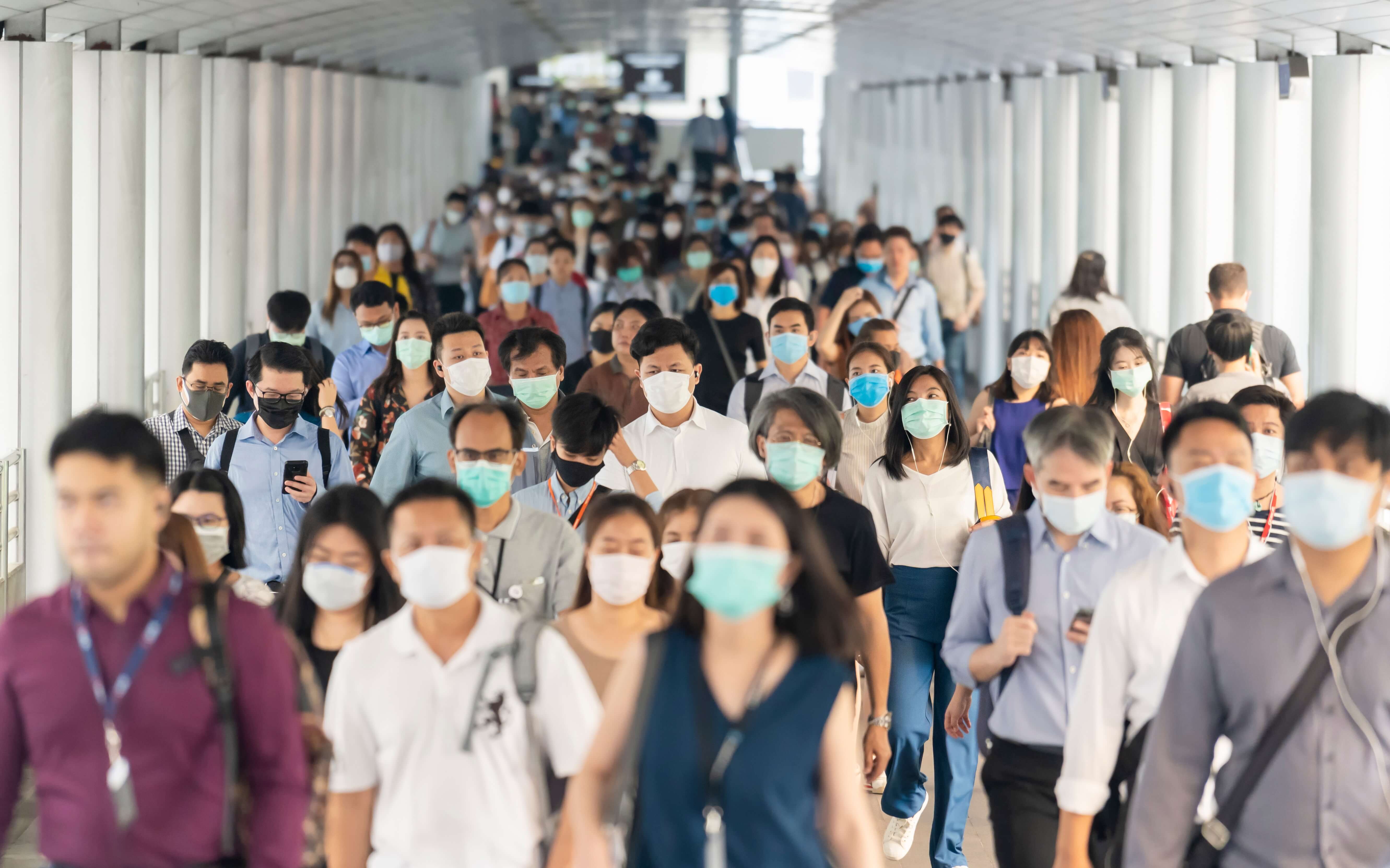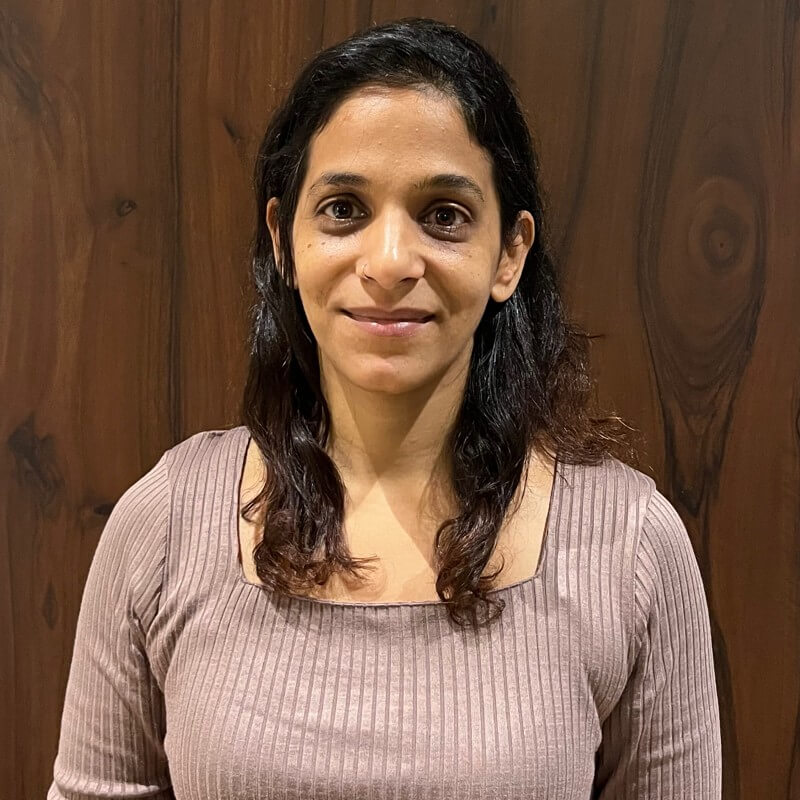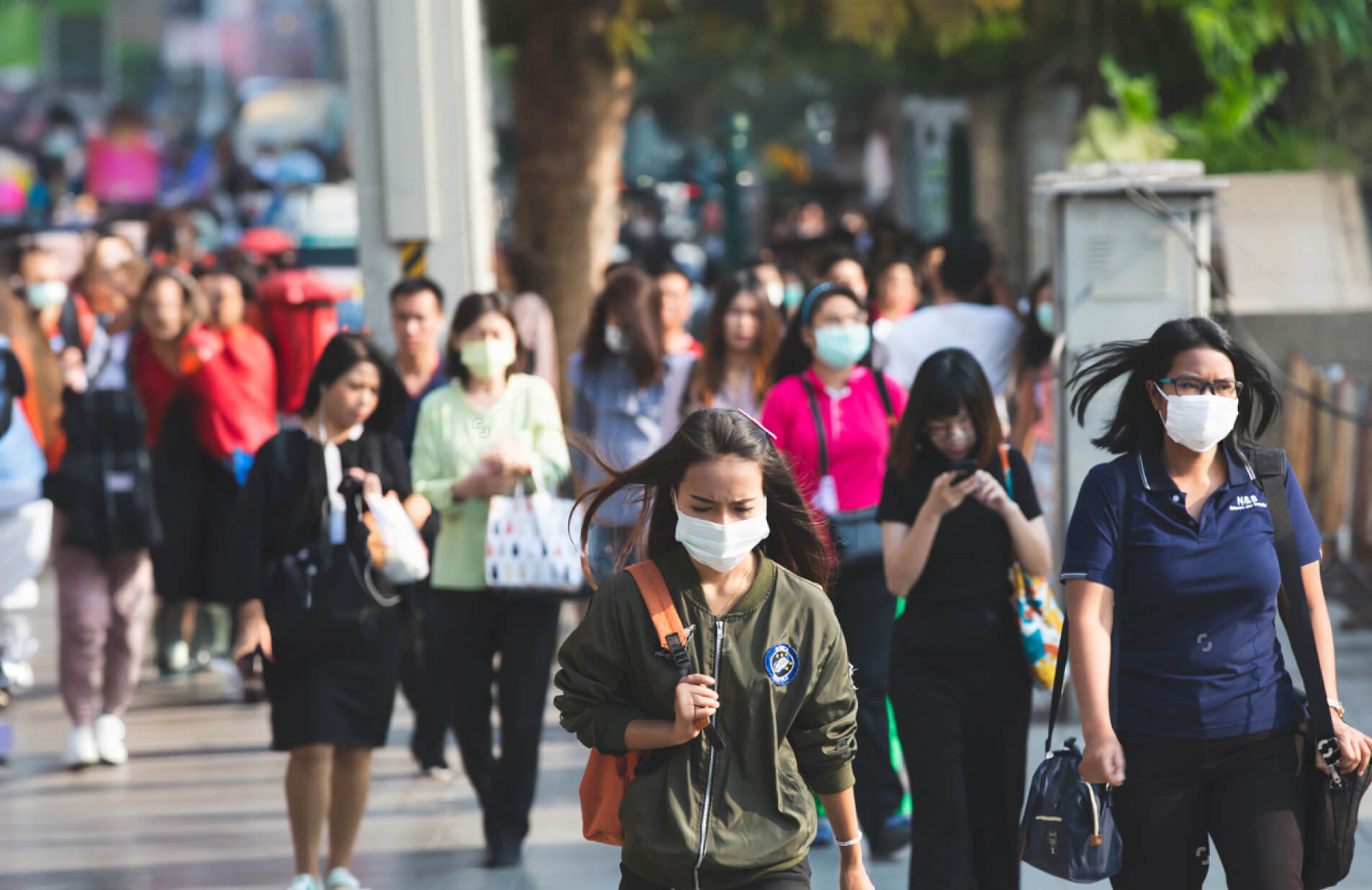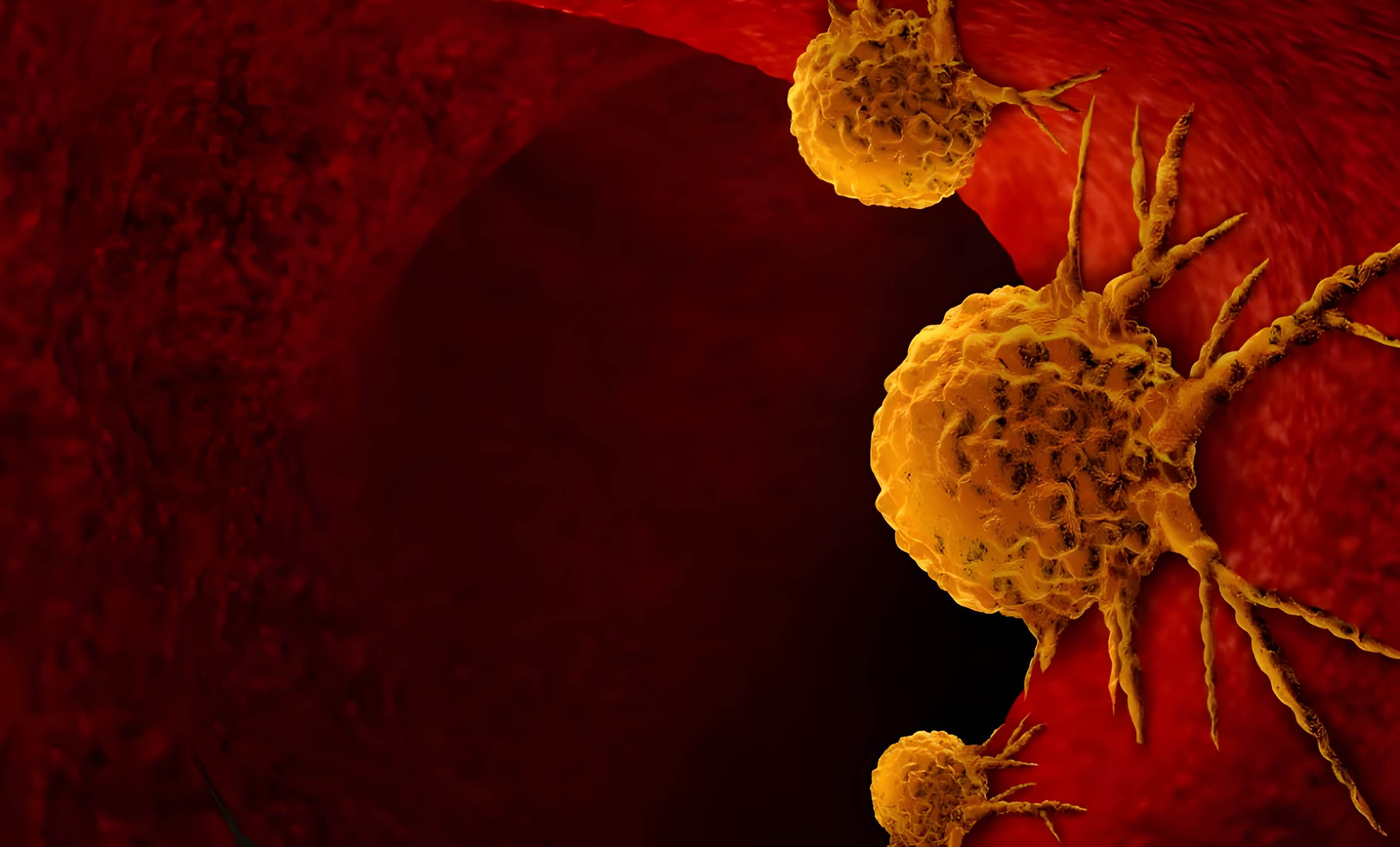






Introduction
Over the past two decades, Member States in the WHO Western Pacific Region and South-East Asia Region have been making investments in health security under a common framework, originally titled the Asia Pacific Strategy for Emerging Diseases (APSED) (WHO Regional Office for the Western Pacific, 2005). First developed after the 2003 Severe Acute Respiratory Syndrome (SARS) outbreak, APSED has served as a roadmap for Member States to implement the International Health Regulations (2005) (World Health Organization, 2016) core capacity requirements for effective prevention, preparedness, and response to health hazards. Integral to APSED is the two-tier approach, where the first tier is emergency planning, and the second tier translates these plans into actions.
These investments served Member States well during the coronavirus disease (COVID-19) pandemic; however, the pandemic still had a significant and far-reaching impact on the Western Pacific Region. Between the first cases identified in Wuhan, China, in late December 2019 and the May 2023 announcement from the WHO Director-General that COVID-19 no longer constituted a public health emergency of international concern, there were 203,148,122 reported cases of COVID-19, and 412,137 reported deaths in the Region (WHO Regional Office for the Western Pacific, 2024). In the first two years of the pandemic, several countries and areas in the region responded with a containment strategy, aiming to minimise transmission or, when this was not possible, to “flatten the curve.” This strategy was relatively successful but became less feasible with the spread of new, more infectious variants of COVID-19 in the region (namely with Omicron in early 2022) and was unsustainable given the high case numbers (World Health Organization, 2023) and the impacts on societies and economies (Asian Development Bank, 2024). Countries and areas, therefore, shifted to a strategy of “living with the virus,” often after a sufficient proportion of the population had been vaccinated (Sachs et al., 2022; WHO Regional Office for the Western Pacific, 2022).
Some of the key operational lessons, from the perspective of the WHO Regional Office for the Western Pacific, are described below, pulling on good practices from across the region. We note that there have also been lessons identified in governance, human resources and financing, which cut across most of the operational areas of pandemic response.
Lessons learned
Protecting vulnerable communities
In the context of the COVID-19 pandemic, different groups of vulnerable and high-risk populations have been identified. Addressing the differential impact across populations is not only an issue of ethics but an important factor in improving the health and well-being of entire societies. As part of response efforts, countries and areas first made efforts to identify high-risk groups and relevant characteristics through surveillance systems while ensuring privacy and preventing stigma. Needs-based services could then be directly targeted and prioritised for these groups. Community-based and civil society organisations were important partners in the effective design and delivery of public services. For example, Cambodia and Singapore both took measures to protect factory and migrant workers by implementing risk-reduction measures in workplaces and worker dormitories. (WHO Regional Office for the Western Pacific, 2022).
Multisectoral collaboration and decision-making
COVID-19 had an impact on all aspects of society and, therefore, required a whole-of-government and whole-of-society approach. The pandemic underscored the need for a comprehensive One Health approach by recognising that the interconnectedness of human health goes beyond the health sector. As the pandemic progressed, countries and areas quickly realised that the national government and the healthcare sector could not be solely responsible for the response and created various means of governing and collaborating response efforts. Doing this requires processes and systems for effective and timely data sharing, supportive legislation and regulation, as well as planning and preparedness at community, subnational and national levels. National multisectoral coordination mechanisms were critical in Malaysia, the Philippines and Viet Nam for collaborative actions, decision-making and implementation of the decisions made across the public sectors and the administrative divisions in the countries. In the Lao PDR, multisectoral decision-making was particularly needed in considering border measures, while Singapore used a whole-of-government mechanism and a common platform during peacetime to coordinate inter-ministry/inter-agency response to public health events (WHO Regional Office for the Western Pacific, 2022).
Multisource surveillance
Comprehensive, quality public health surveillance data are critical for effective decision-making. Member States in the region have been making investments in public health surveillance over many years, and many countries and areas had existing multi-source systems, using a combination of event-based, indicator-based, sentinel (e.g. severe acute respiratory illness, influenza-like illness) and syndromic surveillance systems, among others. Early warning tools and event-based surveillance (EBS) were particularly important in the early stages of the pandemic. However, as the pandemic progressed, new scientific information about COVID-19 emerged (e.g. asymptomatic and pre-symptomatic transmission), and different public health questions were raised. Additional surveillance data, including from health surveillance and administrative data sources, have therefore been required to guide decision-making. For example, in the Lao PDR, testing data, healthcare occupancy, sentinel surveillance and EBS were used to confirm that lower case numbers in Savannakhet Province likely reflected a true decline in transmission. The same analysis could then be applied to other provinces. In Viet Nam and Malaysia, wastewater surveillance was conducted for COVID-19. Correlating with epidemiological information acted as an early warning system to assess infection occurrence and trends (WHO Regional Office for the Western Pacific, 2022).
Incorporating behavioural insights into risk communication campaigns and community engagement activities
The pandemic saw an overabundance of information—including false or misleading information—that undermined public health and social measures, including vaccination, and fuelled distrust in health authorities. WHO worked with Member States in the Western Pacific Region to conduct a series of surveys to better understand people’s perceptions and behaviours related to COVID-19 public health measures and to address drivers of transmission. For example, in the Lao PDR, people, particularly older adults, identified accessibility as the primary barrier to vaccination. In subsequent campaigns, the Ministry of Health focused on making vaccines more accessible to vulnerable groups and targeted communications to spread the word to those groups. Subsequently, vaccination rates nearly quadrupled. Similarly, in Cambodia, vaccine hesitancy was more prevalent among pregnant women, who are more at risk of experiencing severe COVID-19. Using this insight, the Ministry of Health shared risk communications specifically for pregnant women, invited women to press briefings, and shared video content featuring pregnant women to encourage vaccine uptake. Furthermore, survey participants identified “trusted” community voices, which the ministries of health leveraged to promote risk-reducing behaviours. For instance, the Philippine Government identified and trained more than 200 social mobilisers— trusted community voices— in 899 geographically isolated and disadvantaged areas to enhance vaccine uptake.
Diagnostic capacity and genomic surveillance
Prior to COVID-19, the capacity to conduct diagnostic tests (e.g. polymerase chain reaction) and genomic surveillance varied widely among countries and areas in the region. During the pandemic, investments were therefore made in laboratory equipment and supplies, strengthening national laboratory system policies, governance and regulation; augmenting public health laboratory workforce through recruitment and training; and utilising public health laboratory institutions and networks (WHO Regional Office for the Western Pacific, 2022). For example, a review of existing public health laboratory networks in the Lao PDR highlighted their important role in information sharing at local and provincial levels and, subsequently, national and international levels. In the Philippines, the pandemic response was leveraged to build on existing capacity to perform whole genome sequencing. This was achieved in part through partnerships with local institutions such as the University of the Philippines (WHO Regional Office for the Western Pacific, 2021).
Healthcare pathways
Over the course of the pandemic response, healthcare pathways for COVID-19 patients generally transitioned from a model where all cases were admitted to a facility, often a hospital, to a home-based and tiered model of care based on clinical severity or risk factors for severe outcomes. Cases were initially admitted not only for treatment but for monitoring and isolation purposes. This placed additional strain on hospitals and became unsustainable when COVID-19 case numbers superseded department (e.g. critical and intensive care units) or hospital capacity. A priority was, therefore, to track and project health system capacity. For example, the Philippines was one of several countries to use “red-line analysis” (the projected point at which capacity would be met) through the “Bed Tracker System” to monitor hospital occupancy and guide policies in health facilities, such as bed expansion and activation of step-down facilities. Later on in the response, countries and areas developed a range of innovative ways to adapt healthcare pathways, including the use of technology to support and monitor patients in the community (telehealth), intermediate facilities for isolation and healthcare, community-based screening and healthcare (test and treat centres), and supportive policies and systems (infection prevention and control guidelines, safe patient transfer, hotlines). This required partnerships between primary health, tertiary health, public health and other stakeholders and clear communication with healthcare providers and communities. For example, Malaysia developed the “COVID-19 Symptom Monitoring System,” a home-monitoring system that helped reduce the burden on the clinical care system and provided better self-monitoring at home (WHO Regional Office for the Western Pacific, 2022).

Regional development
Access to Oxygen Initiative
During the COVID-19 pandemic, the global WHO Access to Oxygen Initiative provided technical and operational support to Member States to implement sustainable solutions to medical oxygen, including domestic manufacturing (World Health Organization, 2021). Medical oxygen-generating plants were established in local health facilities in 12 countries and areas in the Western Pacific Region: Cambodia, Cook Islands, Fiji, Kiribati, Lao PDR, Federated States of Micronesia, Niue, Papua New Guinea, Samoa, Solomon Islands, Tonga and Vanuatu (WHO Regional Office for the Western Pacific, 2023). Access to oxygen provides not only lifesaving treatment but also contributes to more resilient and sustainable health systems.
Establishment of the EMPaCT Surveillance Network
The Emerging Molecular Pathogen Characterization Technologies (EMPaCT) Surveillance Network was established in 2021 to assist countries and areas in the region to learn from one another and work collaboratively towards shared goals in genomic surveillance. Since then, the network has designed a common framework or “seven-step approach” to building capacities in the region and rolled out a training programme known as “transmission, severity and impact (TSI) assessment training” (WHO Regional Office for the Western Pacific, 2021).
Development of the bi-regional Asia Pacific Health Security Action Framework
At the 2023 APSED TAG meeting, the TAG recommended that the drafted fourth iteration of APSED, the bi-regional Asia Pacific Health Security Action Framework (APHSAF), be submitted to the WHO Regional Committees for the Western Pacific and South-East Asia for endorsement and adoption. The framework is designed to engage health and non-health sectors to support the prevention, preparedness, readiness and response to multi-hazard public health emergencies and, therefore, to strengthen the resilience of health systems (WHO Regional Office for the Western Pacific, 2023).
Intra-action and after-action reviews for the COVID-19 response
Intra- and after-action reviews are a means of identifying and documenting best practices and challenges encountered during the response to a public health emergency. Between 2020 and 2022, 14 intra-action reviews were completed by eight countries in the region, including three in 2020, four in 2021, four in 2022 and three in 2023. The eight countries are Cambodia, the Lao PDR, the Federated States of Micronesia, Mongolia, Solomon Islands, Tonga, Vanuatu, and Viet Nam. Countries were encouraged to complete intra-action reviews at the subnational and national levels. After-action reviews were undertaken in the Republic of the Marshall Islands in 2022 and in Cambodia, Kiribati, Malaysia, Niue, the Philippines, Papua New Guinea, and the Solomon Islands in 2023.
Conclusion
Countries and areas across the Western Pacific Region implemented innovative strategies in their response to the COVID-19 pandemic. These included prioritising and protecting those most vulnerable, using behavioural insights to address barriers to public health and social measures, multisource surveillance, multisectoral decision-making, enhancing diagnostic capacity and genomic surveillance, and adapting healthcare pathways to meet surging health needs. Regional collaboration enabled landmark developments— the Access to Oxygen Initiative, the EMPaCT Surveillance Network and the Asia Pacific Health Security Action Framework—showcasing the power of collective effort.
Note:
The WHO Western Pacific Region Member States include Brunei Darussalam, Cambodia, the Lao PDR, Malaysia, the Philippines, Singapore, Thailand and Viet Nam.
The views and opinions expressed in this article are solely those of the author and do not reflectthe official policy or position of ASEAN.








